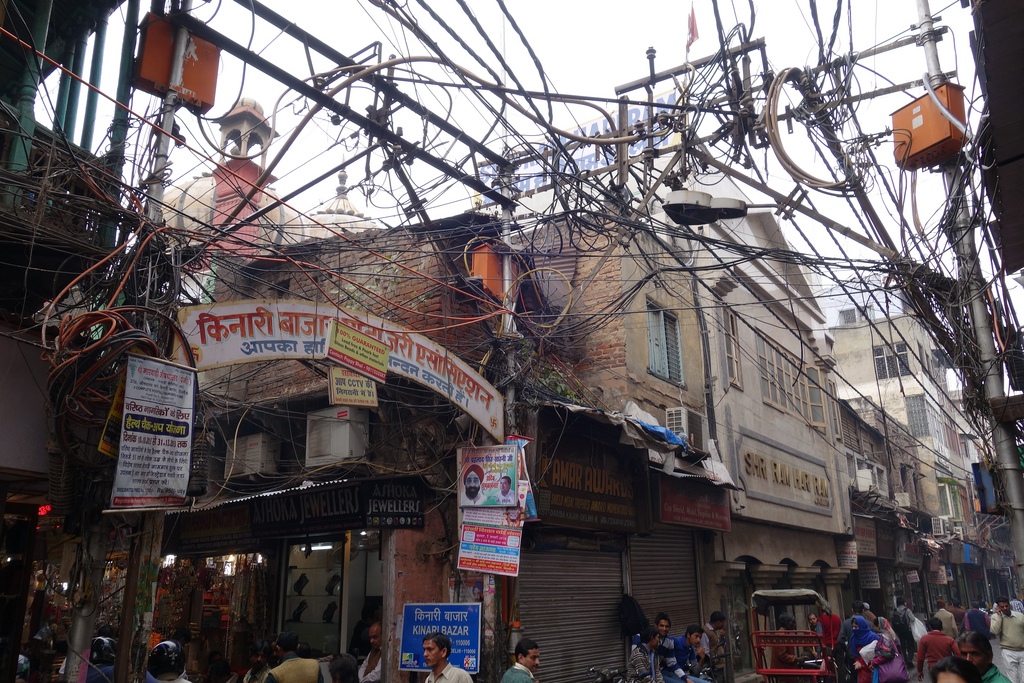Creating a Brighter Future: India's Electricity Problem

Relations between India and Pakistan have never been ideal: as the two nations’ respective social and political differences polarize more and more with each coming decade of conflict, tensions have proportionately escalated. But just yesterday, interactions took an interestingly positive turn as India finalized a trade with Pakistan, agreeing to sell energy to the neighboring country in the form of electricity. Although exchanging goods may be mutually beneficial, the principle behind India selling this particular commodity is riddled with irony: India is exporting energy abroad when it is plagued with impoverished areas domestically that lack access to electricity.
Many parts of India still have no means of attaining ‘modern’ sources of energy; a recent study conducted by the UNU-IAS (UN University Institute of Advanced Studies) states that in rural areas, only 55% of households have access to electricity. The study further explains that the ability to utilize electricity is an important factor when determining measures for improving health and education; increased access to energy and improved literacy and quality of life have a “statistically significant positive association.” This correlation indicates that the accessibility of electricity serves as a large factor when evaluating the potential for socioeconomic improvement. Additionally, the study explains that “availability of electricity (power supply per day) has a significant inverse association with absenteeism in rural and urban households,” suggesting the presence of a cause-effect relationship between access to electricity and increasing socioeconomic status through education and labor.
Unfortunately, the access to electricity itself is not enough; power shortages in areas that have poor quality electric maintenance are an increasingly problematic matter. Oftentimes, states (such as Tamil Nadu) are forced to endure power shortages, resulting from overcrowded electric grids. The absence of a quality power system impacts countless sectors of the economy—when the power goes out, which unfortunately occurs quite frequently (in some places, it happens multiple times a day), farmers, industry workers, and small business owners all endure severe monetary losses. Inability to support families through fiscal means can often result in a perpetuating cycle of poverty, uneducation, and poor quality of life.
Fortunately, there’s a solution.
Bhaskar Ramamurti, director of the Indian Institute of Techology, and Ashok Jhunjhunwala, a member of the Science Advisory Council, recently collaborated to create a device designed with the ability to deliver electricity to household appliances. Unlike an ordinary generator, this ‘uninterrupted direct current’ (UDC) can function even in the midst of a power outage and provide enough voltage to prevent a complete blackout, instead resulting in what Ramamurti calls a ‘brown out’. For the price of just 1000 rupees ($16.50), a constant energy supply can be generated to millions of homes in India, avoiding the harmful impacts caused by lack of power. More advanced versions of the original UDC model include attached solar panels, which work to reduce the dependence on gasoline and to mitigate harmful diesel emissions.
Millions of Indians lack access to electricity, an issue that hinders their capability to climb the economic ladder and lift themselves out of the pit of poverty they have been imprisoned in for so long. Today’s technology provides quality energy-generating solutions that could provide them health security, educational benefits, and a better quality of life—all for less than $20.
So if India can agree to sell electricity abroad to Pakistan, its hostile Western neighbor whose horns have been locked against ours for as long as both nations have existed, then why can’t we provide electricity at home?
[Image Attribute: johnpaulsimpson via Compfight cc]


